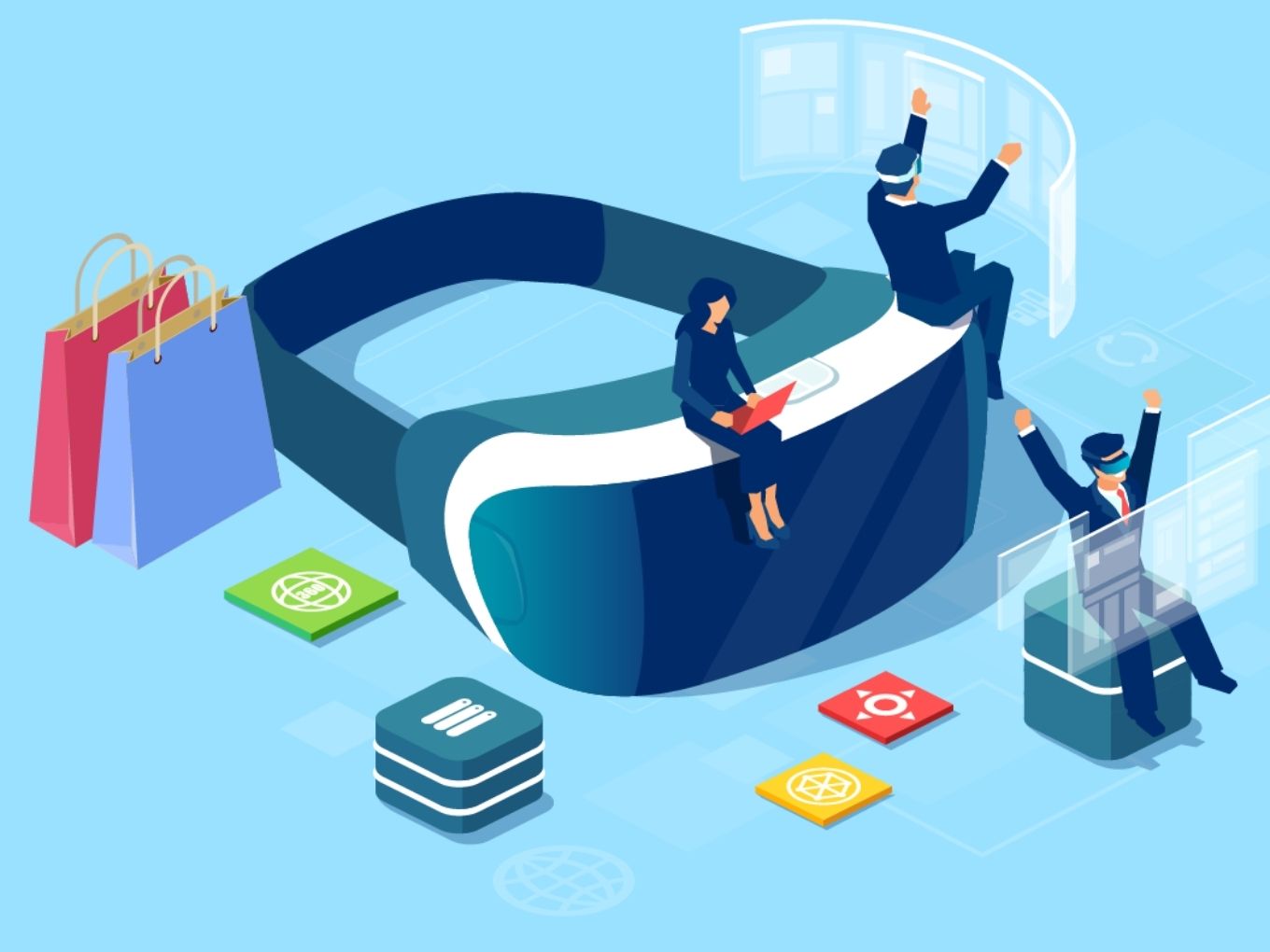
“VR is so immersive, and when it works, it draws you into the story in a way that is truly unique and powerful” – Doug Liman
Ecommerce has always been evolving. From the days of online-retail to physical and omni-channel presence, the sector has seen it all. But picking up new ideas from unconventional ways has always brought a wave of innovation – something that is much required especially since physical contact has come to be frowned upon after the Covid-19 pandemic broke out.
While e-tailing has seen massive growth, simply the showcase of products sometimes does not lend to the idea of what the product is and what services it can offer to a user. Sure, when it comes to electronics, the specs are always out in the open for customers to read. But what about functionalities other than electronic items? One can say that commercials have mostly answered this question to properly show-off a product – but is this the only frontier that ecommerce companies have to rely upon?
Technology For Safety
One of the most recent feats for shoppers came out when Amazon teased their new cashless stores – grab your groceries and products, and once you walk out, the amount will automatically be deducted from your account. In short, no queues and no contact at counters.
Such examples are a clear indication that the ecommerce sector is always ready to explore. And, while photographs and 3D render for product-visualisation have existed for a long time now, these technologies lack that interactive layer which can help a customer in making the right choice. This can be overcome by virtual reality, a metaphorical gold mine for ecommerce to develop upon.
Virtual reality began as a project to incorporate simulated experiences in the field of medicine and military, and for the training of aircrafts and trains. But the current generation of virtual reality owes its existence to the 2010 creation of Oculus Rift, on which later designs and headsets have been based upon. This head-tracking virtual-simulation device – and all subsequent iterations and models – boast the capacity to immerse a user into 3D virtual worlds and allow virtual interactions to build new experiences. VR has come a far way now, from being used in films to architecture and interior designing. But there is one way that e-commerce and retail can pick it up to transform the shopping experience.
Virtual Is The New Frontier
VR has all the potential to bring a new layer of interaction for a retail and a customer. Given the time of the pandemic, VR presents a new avenue of functionality to provide a simulation of the “touch-and-feel” experience that the customers are used to. Add to that 3D visualisation, both for web systems and virtual worlds, and you get a recipe that lets customers “live” a product or service virtually. For businesses, this is the time to create a new interface that can help in the following ways:
Virtual Store Tours
For companies that want their customers to experience their products the same way as walking into a shop, this is a great starting point. 360-degree photographs or videos of their brick-and-mortar properties can enable a feeling of being present within the store, while the customer can “walk” within and scan the products, all from the comfort of their home.
Pre-Rendered 3D Tours
Similar to real photographic tours, by rendering a setting or a locale in 3D and providing a walkthrough-like experience that shows every aspect of the place can be great for interior designers and furnishing/refurbishing-based companies.
Interactive 3D Products:
Some VR headsets also bring interactive functionality through pointing devices and controllers. A business can utilize this to program a simulated environment with its products rendered in 3D – with interaction enabled based on a user’s response through controlling devices. This can give the same feeling as that of physical interaction with a product, helping a customer understand the use-case and make a decision for purchase.
The power of 3D visualisation, along with VR, can make a difference in helping a business as well as a customer in bridging the gap, even in modern-day cases where a physical gap is much required.
Virtual reality, however, is simply the tip of the interactive-technology iceberg. A similar technology that augments – or projects – 3D models or photos as holograms into the real world is also very helpful, especially with gesture-based interactions. A combination of both, termed mixed-reality, is already being explored across the world, and can also be leveraged by businesses to create a safer virtual and augmented environment for customers to interact with. Possibilities will always be endless; all that remains is exploration, adaptation and a single spark of an idea to take flight.
The post How VR & 3D Visualisation Is Enabling A Safe, Futuristic Buying Experience appeared first on Inc42 Media.
Author: Lokendra Ranawat
Date : 2020-08-01T12:39:32.000Z
